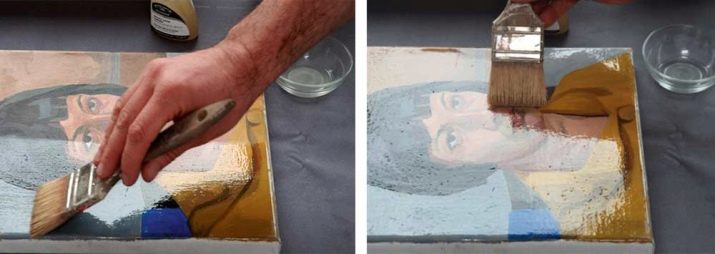Description of paintings by numbers Schipper
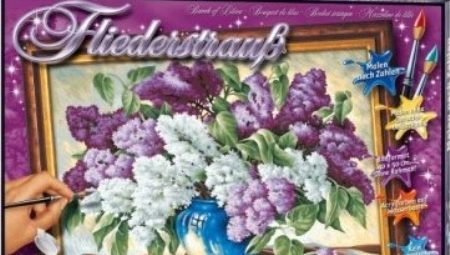
Among the relatively young trends in applied art are paintings by numbers, synonymous with coloring by numbers. Such a picture imitates painting, but they perform it, sequentially filling the field with color according to the numbered fragments.
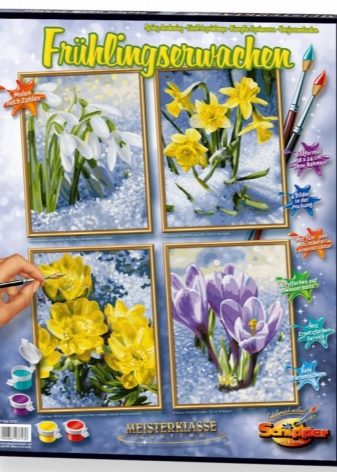
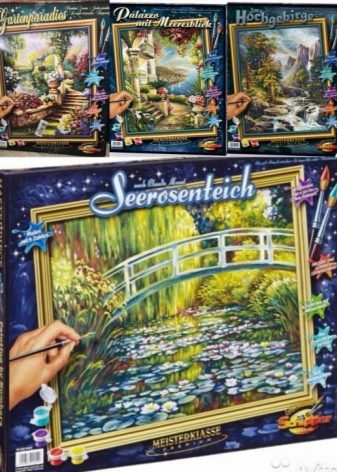
Advantages and disadvantages
The trade market offers paintings by numbers on cardboard, canvas on a stretcher, on wood panels, having various characteristics... Panels made of wood are the most difficult to work with, therefore, experienced craftsmen who are well acquainted with canvas choose such a basis. When working with wood, it is necessary to ensure that the structure of the material does not protrude from under the paint cover, the joints of the panels should not be visible.
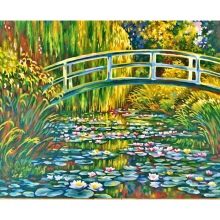

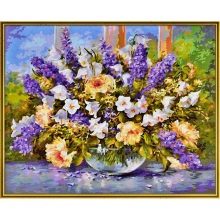
To complete a painting on canvas, it takes more paint than is required for cardboard, but the final result looks more professional than painting on cardboard. The latter is an option for beginners, those who are trying their hand at this type of creativity for the first time. And the price of a cardboard base is much lower - you can afford a trial version to understand whether you like this activity or not.
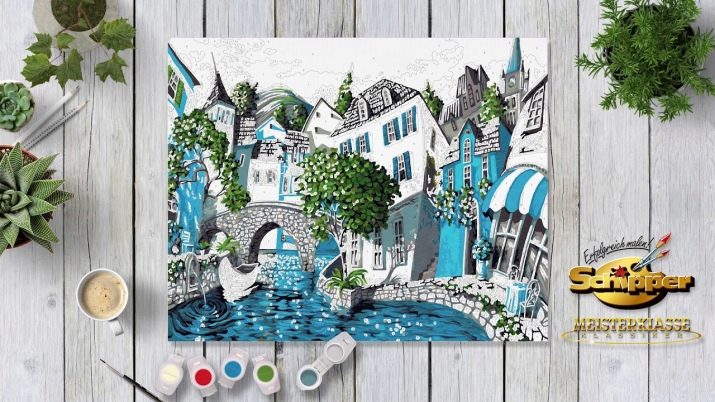
In a set of painting by numbers from Schipper (Germany) there is always a basis for a painting, a brush and paints, number stickers, a leaflet duplicating drawing, a catalog, as well as an instruction-technology.
Advantages of Schipper products:
- a large selection of plots;
- detailed detailing of the picture;
- acrylic water-soluble paints;
- rich and vibrant palette with more than enough volume;
- the final result matches the presented sample;
- the brush is capable of applying both thin and wide strokes, a clear drawing of fragments is achieved;
- high quality paints that do not dry out even after long-term storage.
As for the shortcomings, we can name only one - the high price (the average price tag is 3000 rubles), but such is the price for German quality and pedantry (everything is thought out to the smallest detail).
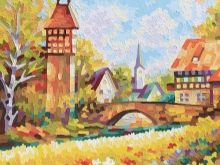
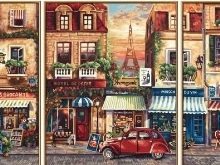
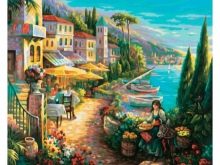
Assortment overview
The company offers coloring by numbers on canvas, cardboard and stretcher - in the product catalog there is a richest selection of subjects for independent creativity. The concept of the company is the highest quality and perfection of the final result.
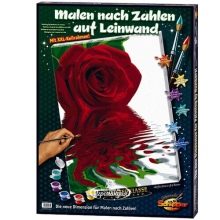
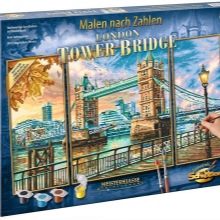
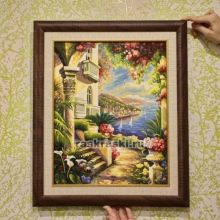
The assortment includes paintings of standard and non-standard sizes - 24x30, 18x24, 40x50, 40x80, 50x60, 50x80 (triptychs) centimeters. New items from the manufacturer are polyptychs, that is, paintings consisting of 5 modules, while the layout and sizes are completely different. This can be the principle of symmetry, when the central one, the largest, is surrounded by smaller modules. Polyptychs with an asymmetric layout are available for sale.
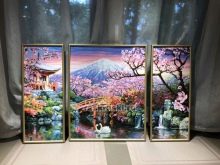
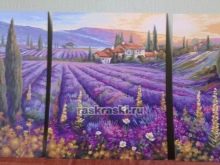
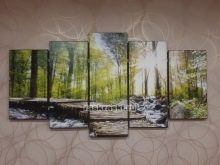
Sizes range from 110x60 to 160x80 cm, but there may be others. For example, a painting by numbers from Schipper, listed in the Guinness Book of Records, measured 24.82 mx 18.91 m with a total area of 469.35 sq. m.
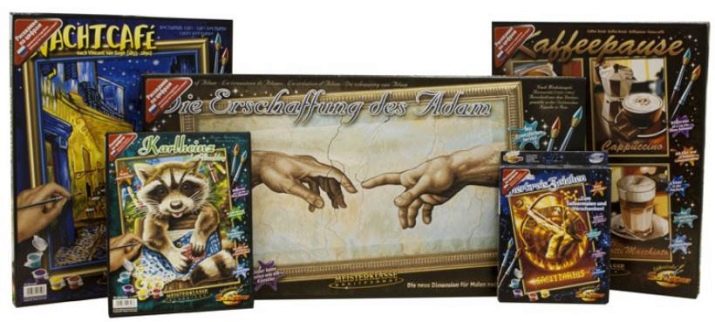
Drawing nuances
You can start work from any area - the central, bottom or top edge, from the corner. First you need to prepare the workplace:
- table, comfortable chair;
- container with water for brushes;
- a soft napkin - wipe your hands and arms;
- palette, toothpick for drawing the smallest areas and mixing shades.
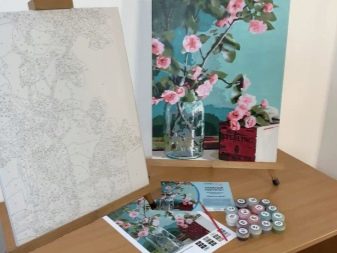
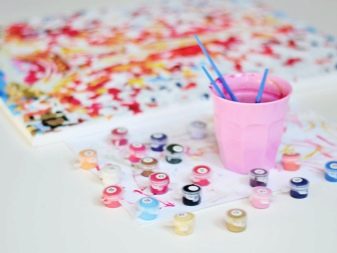
The surface of the table should be well lit. The principles of work are quite diverse and variable. Craftsmen use them according to their own preferences, and each has its own advantages.
- By colors, which means step-by-step painting of fragments of the same color. The advantage of this technique is that the artist works with only one paint, and he does not need to wash the brush. It is best to start with the lightest shades, so that in case of error, you can correct with a darker color.
- By objects - in this case, attention is paid first to one object, then to another. For example, they paint an animal, then trees, and then details of the surrounding landscape. The advantages of this approach are that it is easier to find fragments.
- Towards - for example, from top to bottom, from left to right, from bottom to top, or from the center of the plot to the periphery. The comfort of this design is that the painted part of the picture is not smeared. The disadvantage is that a large number of paints are used in the work, and the brush must be constantly washed.
- Transition from background, background to central objects. This creates a 3D effect, especially if the foreground can be covered with bold strokes.
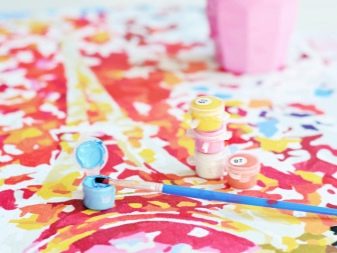

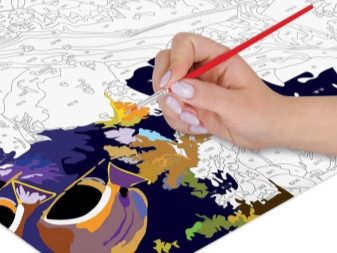
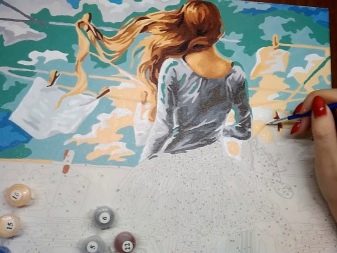
You need to open the cans of paint carefully so as not to break them or spill paint. Too thick color can be diluted with water, but usually in Schipper kits the consistency is always in optimal condition.
Only the tip of the brush is dipped in the paint, otherwise everything that will be in her body will be wasted. At the same time, care is needed to prevent blots and divorces.
And, of course, the more different sizes of brushes in the work, the easier it is for the performer, although there is always only one brush in the set. Large areas are easier to paint over with a wide one, while small areas need the thinnest brush.

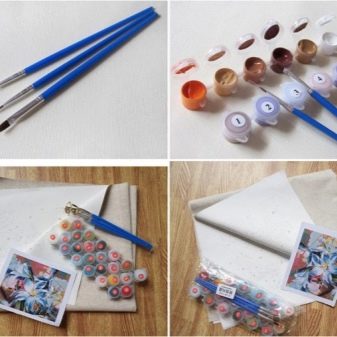
If one brush is used for different colors, it is very important to rinse it thoroughly, otherwise the shades will mix, which will lead to negative consequences. The defect that has happened can be leveled with a cotton swab, which removes paint from the canvas.
When mixing, use a palette or ceramic saucers - you cannot do this on a paper sheet, as it absorbs and dries the paint.
At the end of the work, it is necessary to carefully inspect the surface of the finished sketch in order to prevent unpainted, translucent areas. To give relief after the drawing has dried, you can apply several more layers of paint on separate areas.

After final drying of the surface, it should be covered with a special varnish, which is purchased separately. This can be done in the same place where the painting was purchased. There are three types of artistic varnishes suitable for these purposes:
- glossy - enhances the effect of brightness and juiciness;
- matt - removes glare, which is especially important if the picture is placed under glass;
- lacquer "Satin" gives the structure a visual velvety and satin effect, does not turn yellow over time.
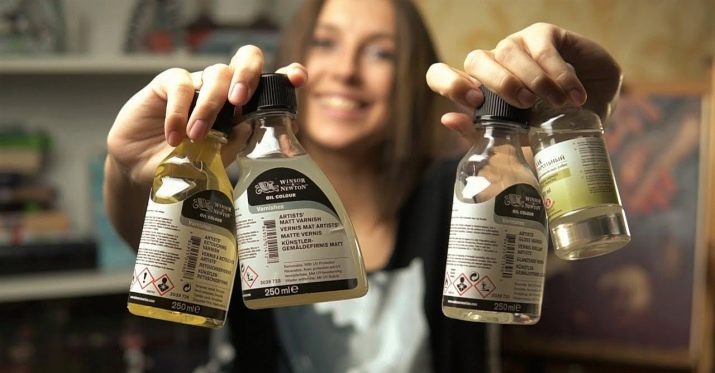
Varnishes not only give a finished look to the picture, but also make it strong and durable, protect it from dust, and allow you to wipe the surface. At the end of all the events, the painting by numbers is ready and it can be enclosed in a frame or mat. It is extremely important to choose a frame so that it is in harmony with the background and theme of the plot as much as possible.
